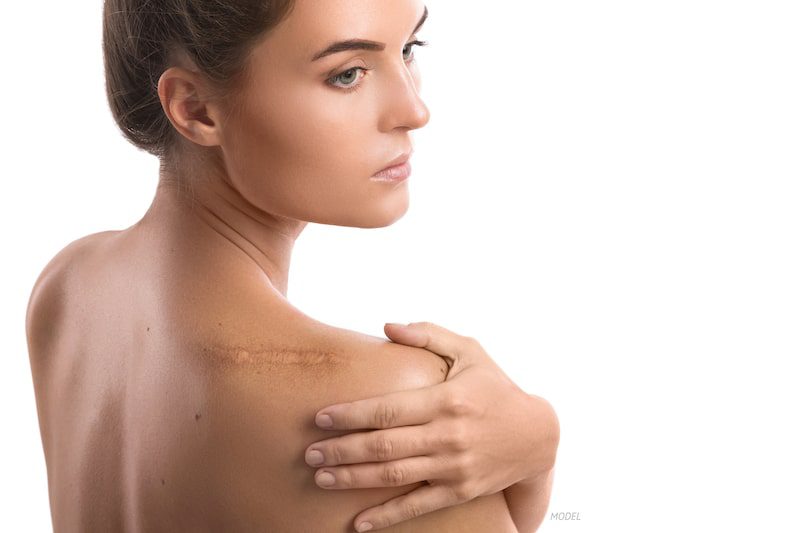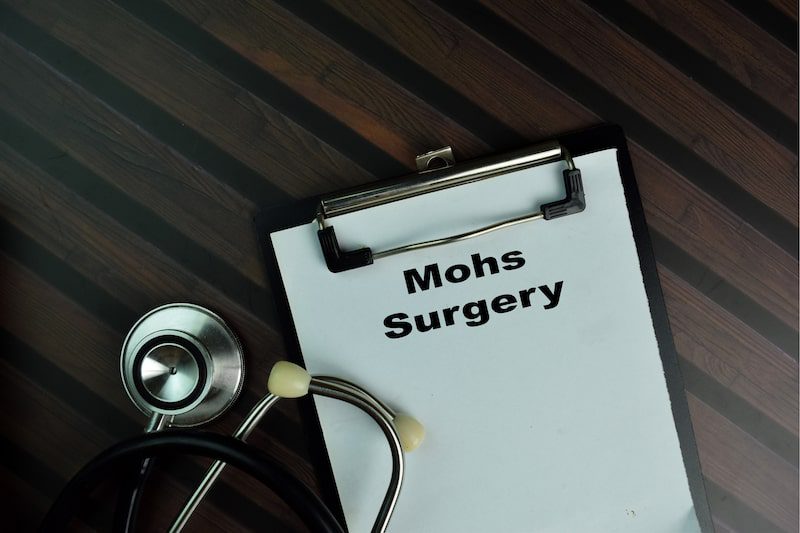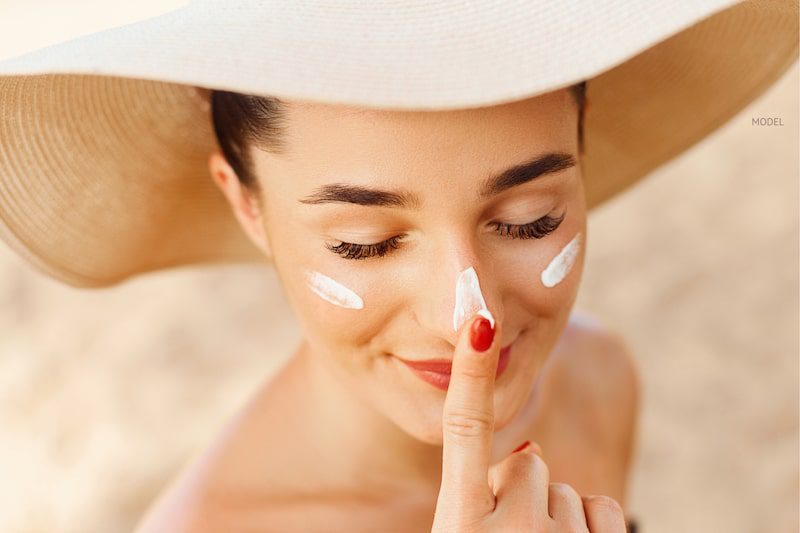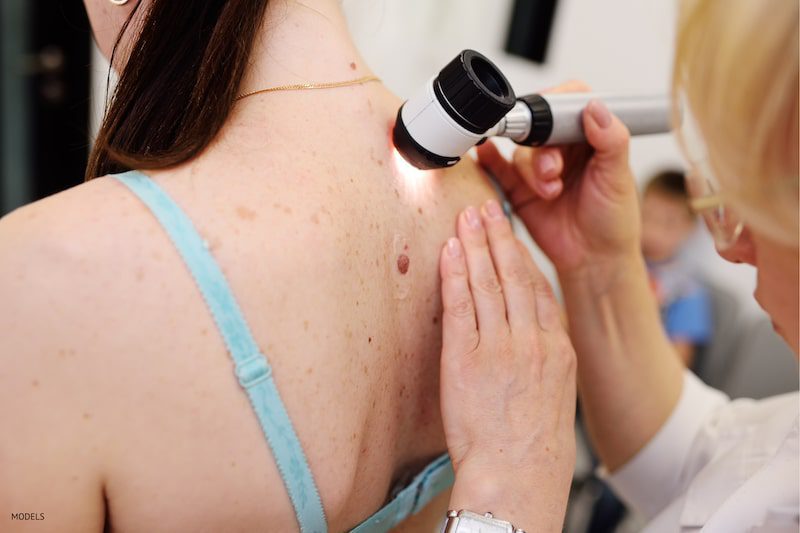What are the 5 Top Signs of Skin Cancer?
Skin Cancer | The Office of Dr. Vincent Hung

Recognizing the ABCDEs of Skin Cancer Five Top Signs of Skin Cancer and the Skin cancer is an extremely common malignancy, with early detection crucial for effective treatment and better prognosis. Understanding the top signs of skin cancer and how they relate to the ABCDEs of melanoma can help in identifying potentially dangerous skin lesions early. The ABCDE rule is a guideline established by dermatologists to assist in recognizing suspicious moles or spots that may require further examination. This blog will explain the five top signs and the ABCDEs of skin cancer.
5 Min Read:
A – Asymmetry: Asymmetrical Shaped Mole
One of the primary signs of melanoma, a dangerous type of skin cancer, is an asymmetrical shape. If you were to draw a line across the middle of the mole, and the two halves wouldn’t match, this asymmetry is a key indicator that the growth may be malignant.
Normal moles and benign lesions are typically symmetrical. If you notice that a mole or skin spot is irregularly shaped, it should be examined by a dermatologist. Asymmetry suggests that the cells are growing at different rates and directions, which is characteristic of cancerous changes.
B – Borders: Moles With Jagged or Irregularly Shaped Borders
Healthy moles usually have smooth, even borders. In contrast, melanomas often have borders that are notched, scalloped, or blurred. These uneven edges are another significant sign of skin cancer.
Irregular borders indicate that the cells are spreading unevenly beneath the skin. The immune system’s response to these abnormal cells can lead to inflammation and a disrupted growth pattern. When examining your skin, look for moles with edges that appear jagged or irregular and bring them to the attention of your healthcare provider.
C – Color: Different Colors in a Mole
While benign moles are usually a single shade of brown, melanomas can exhibit a variety of colors, including different shades of brown, tan, black, and sometimes even red, white, or blue. These color variations are a red flag for potential skin cancer.
The presence of multiple colors in a single mole suggests an abnormal accumulation of different types of pigment-producing cells, which can occur as the melanoma grows and invades surrounding tissues. It’s essential to monitor moles that show a mix of colors, as this could indicate malignancy.
D – Diameter: A Large Mole
Another important sign to watch for is the size of the mole. Generally, melanomas are larger than benign moles. A mole measuring more than 6 millimeters across, or the size of a pencil eraser, warrants closer examination.
Melanomas can be smaller when first detected, but a larger diameter often indicates that the lesion has been growing for some time. Rapid growth and an increase in size are common characteristics of malignant tumors. Regular skin checks can help detect changes in size early, prompting timely medical consultation.
E – Evolving: Moles That Change Their Size, Shape, or Color
One of the most critical signs of skin cancer is change. Moles or skin spots that evolve in size, shape, color, or elevation—or exhibit new symptoms such as bleeding, itching, or crusting—should be evaluated promptly.
Cancerous cells tend to grow and change rapidly. This evolution is a sign that the lesion is not static but is undergoing cellular changes that could be malignant. Keeping track of changes in your skin through regular self-examinations and photographs can be an effective way to monitor this sign.
Additional Skin Cancer Symptoms
While the ABCDEs cover the primary visual indicators of melanoma, there are other important symptoms of skin cancer you should be aware of:
- New Growths: The sudden appearance of new moles or growths on the skin, especially if they look different from your existing moles, can be a warning sign.
- Non-Healing Sores: Ulcers or sores that have not healed within a few weeks may indicate skin cancer, particularly if they bleed or ooze.
- Redness or Swelling: Spreading redness or swelling beyond the border of a mole could be indicative of an inflammatory response to cancerous changes.
- Pain or Tenderness: While many skin cancers are painless, any persistent pain or tenderness in a mole or skin lesion should be checked.
- Itching or Sensitivity: Changes in sensation, such as itching, tenderness, or numbness, around a lesion or mole are also symptoms of skin cancer.
Importance of Regular Skin Examinations
Regular self-examinations and professional skin assessments are crucial for the early detection of skin cancer. Dermatologists recommend performing monthly self-exams to check for any new or changing moles. Here’s how you can conduct a thorough self-examination:
Use a Handheld Mirror Together With a Full-Length Mirror
These tools will help you examine hard-to-see areas, such as your back and the back of your legs.
Check All Areas of Your Body
Examine your scalp, between your toes, and under your nails. While less common, skin cancer can be found in areas not exposed to the sun.
Take Note of New Moles or Changes
Keep a record of any new moles or changes in existing moles. Photographs can be particularly useful for comparison over time.
Schedule Annual Dermatologist Visits
Even if you don’t notice any changes, it’s wise to have a yearly skin examination by a dermatologist, who can identify lesions that may not be apparent to the untrained eye.
When to Seek Medical Advice
If you notice any of the ABCDE signs or other concerning symptoms, seek medical care promptly. Early detection and treatment offer significantly better outcomes.
Here’s what to do if you find a suspicious mole or lesion:
- Contact Your Dermatologist: Schedule an appointment as soon as possible for a professional evaluation.
- Provide Detailed Information: Be prepared to describe any changes you have observed and the duration of these changes.
- Follow-up: If your dermatologist performs a biopsy or other diagnostic tests, make sure to follow up on the results and any recommended treatment plans.
Are You Facing Skin Cancer in Southern California?
Vincent C. Hung, MD, FACS, is board-certified in dermatology and plastic surgery. He is the only plastic surgeon in the U.S. trained and certified in Mohs skin cancer surgery. Dr. Hung has offices in Pasadena and Newport Beach, CA, to serve individuals from the West Coast and San Fernando Valley, as well as skin cancer patients who come from all over the country to receive top-level reconstructive surgery and care. Call 626-432-5032 today and learn more about what Dr. Hung can do for you.
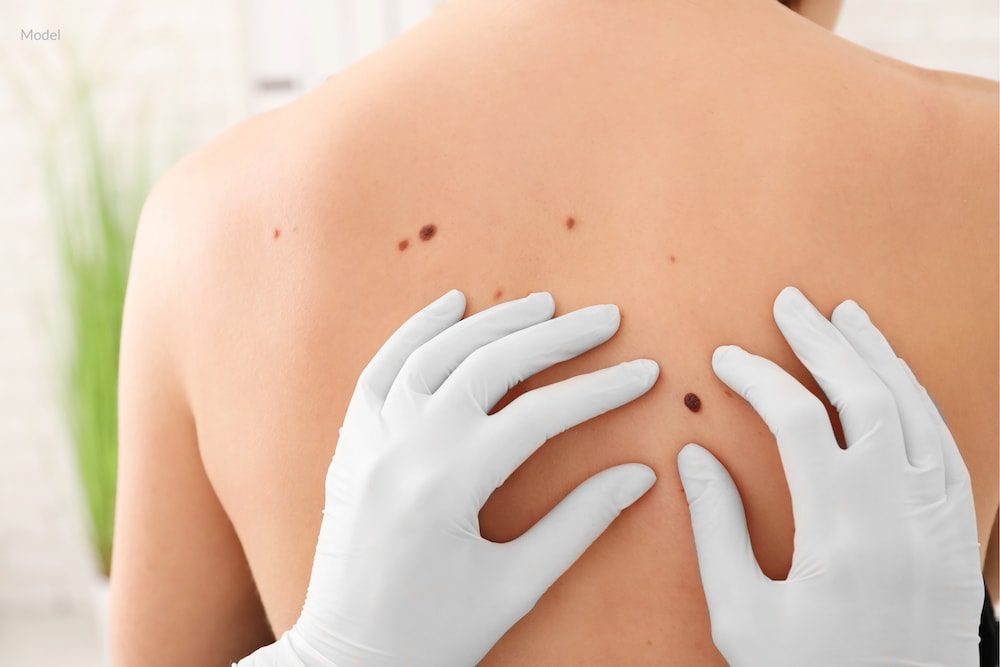
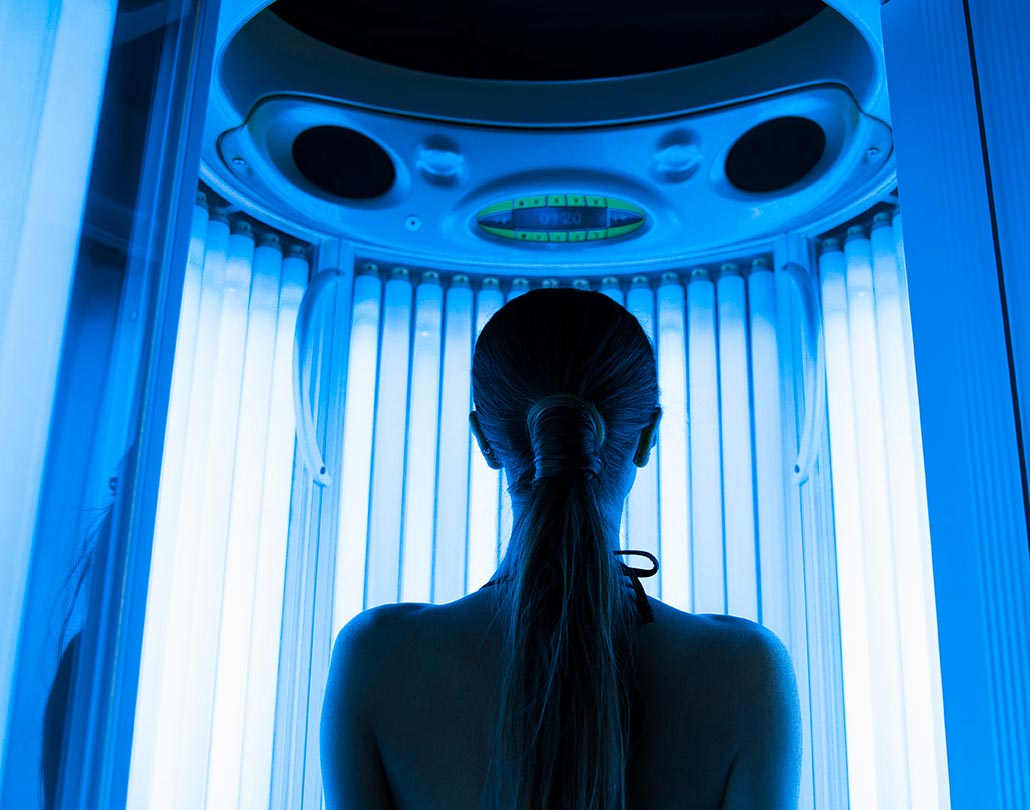
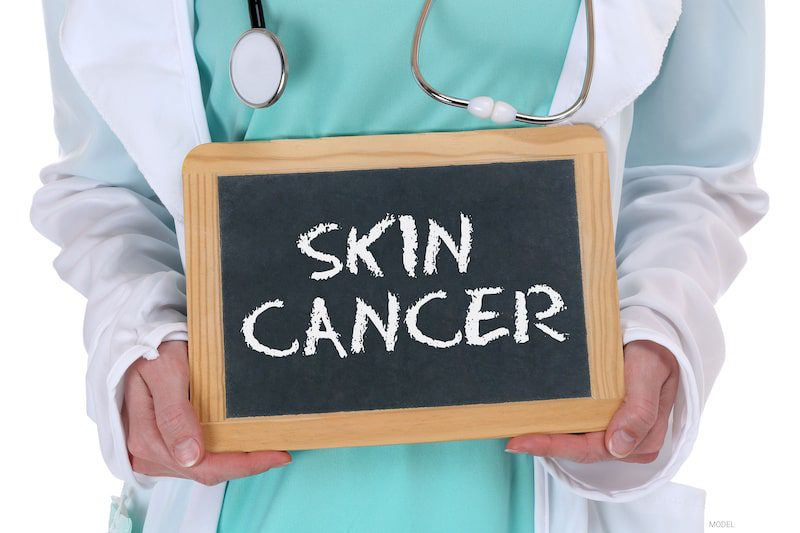
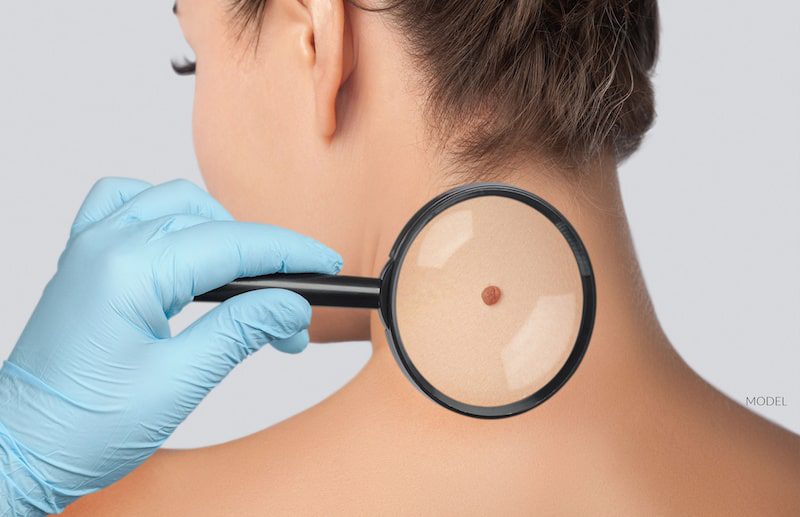

 You can find the nutrients you need to lower your risk of skin cancer in the following foods:
You can find the nutrients you need to lower your risk of skin cancer in the following foods: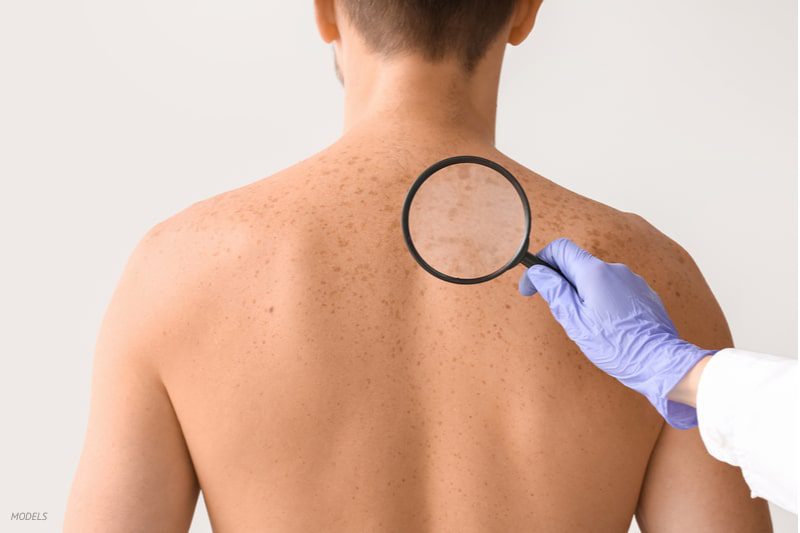 Increasing your consumption of the foods mentioned above will help you stay healthy and is far more effective than using supplements alone.
Increasing your consumption of the foods mentioned above will help you stay healthy and is far more effective than using supplements alone.